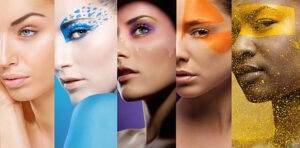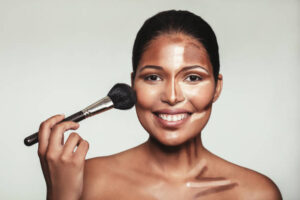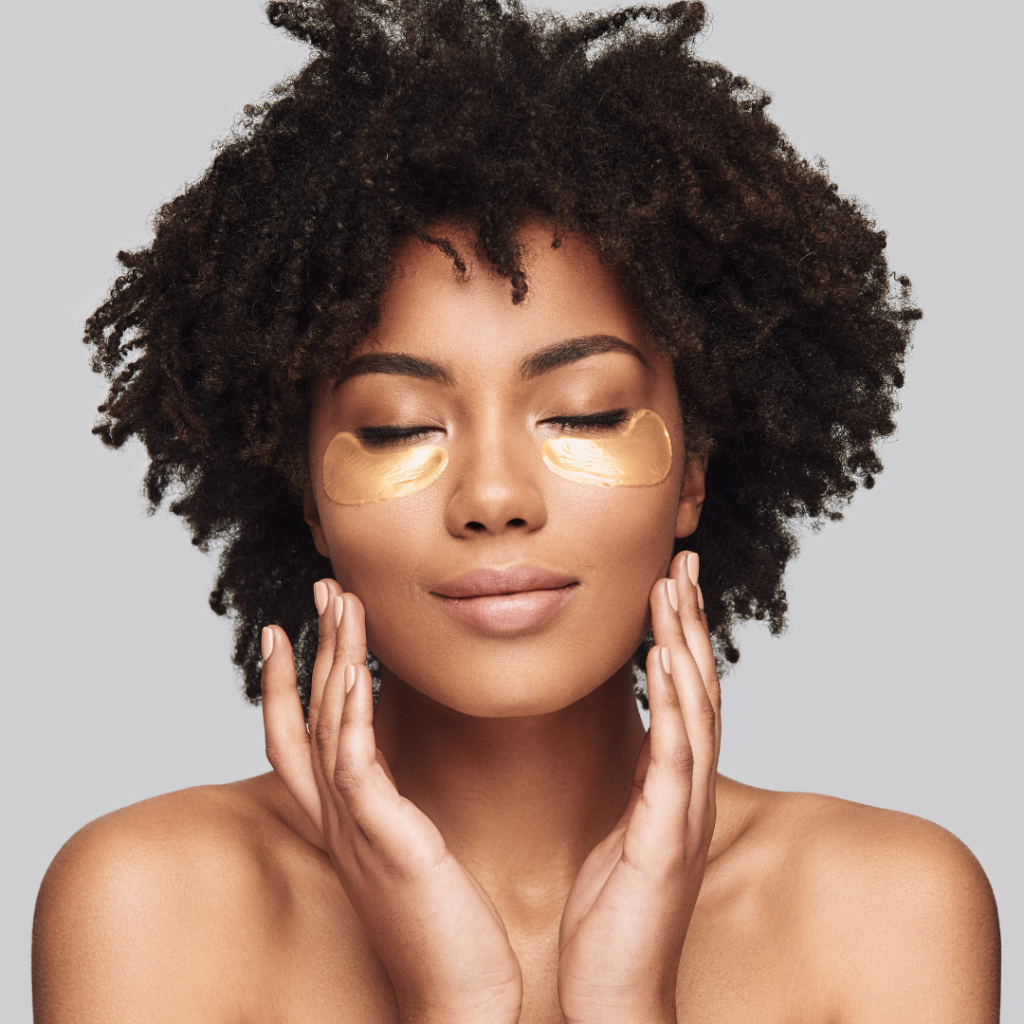Mastering the use of color will enhance your skills as a beauty queen. Color allows us to express ourselves and explore the world of beauty!

Imagine for a minute your life without colors. It must be dull and boring even in the imagination. Color plays a vital role in our daily lives, just like the yellow color symbolizes hope and red color depicts the intensity of your love for someone. Likewise, the makeup world is the same. You need many colors to wear a look and express yourself. Makeup artists know how to play with colors to bring a perfect look to life.
Generally, makeup artists have an excellent eye for choosing the right color, but this is not enough. As a makeup artist, you should be aware of hue and saturation. You should know that the colors that share one primary color are harmonizing colors. On the contrary, the color that is at opposing positions on the color wheel are complementary colors. These are the roots of color theory, that are vital to know, and basic theory at Chic Studios. We teach our students the fundamentals of color theory, so they can succeed.
Primary Colors: Red, Yellow & Blue
Secondary Colors: Orange, Green & Purple (which, these colors are a mix of two primary colors)

Color theory is highly important for today’s makeup artists because all the looks they create every day are based on varying colors. If we take contouring as an example, you can shape anyone’s body or face by making the right selection of colors, on the correct part of the skin.
Similarly, if you don’t have bright pink chubby cheeks, there is no need to be disappointed. A makeup artist can use a highlighter that is a light-reflecting product to brighten your skin and enhance the angle of someone’s face.
If you do not have the exact color you want in your kit, but you know color theory, you can customize colors in your kit, by mix and match tricks, which would help you get a perfect blend of your desired look. If you are about to start mixing your ‘own’ color, take a photo or write down what you are using and amounts so you can best recreate later.

Warm and Cool Colors are also important as a makeup artist. When brands create their foundations they are thinking about this. Ever heard of an ‘undertone’?
As google says best: An undertone is the color from underneath the surface of your skin that affects your overall hue. There are three undertones – cool, warm, and neutral.
A cool undertone is generally associated with skin that has hints of blue, pink, or a ruddy red complexion.
A warm undertone is more peachy, golden, or yellow.
At Chic Studios we are equipped to show the techniques we use to create the perfect foundation color, blend a blush into a signature shade, or simply apply the perfect lip color. Check out our courses for your chance to join us in the classroom
Fun Facts:
Hue: a gradation or variety of a color
Shade: a mixture with black
Tint: a mixture of a color with white
Tone: mixing a color with grey, or by both tinting and shading



